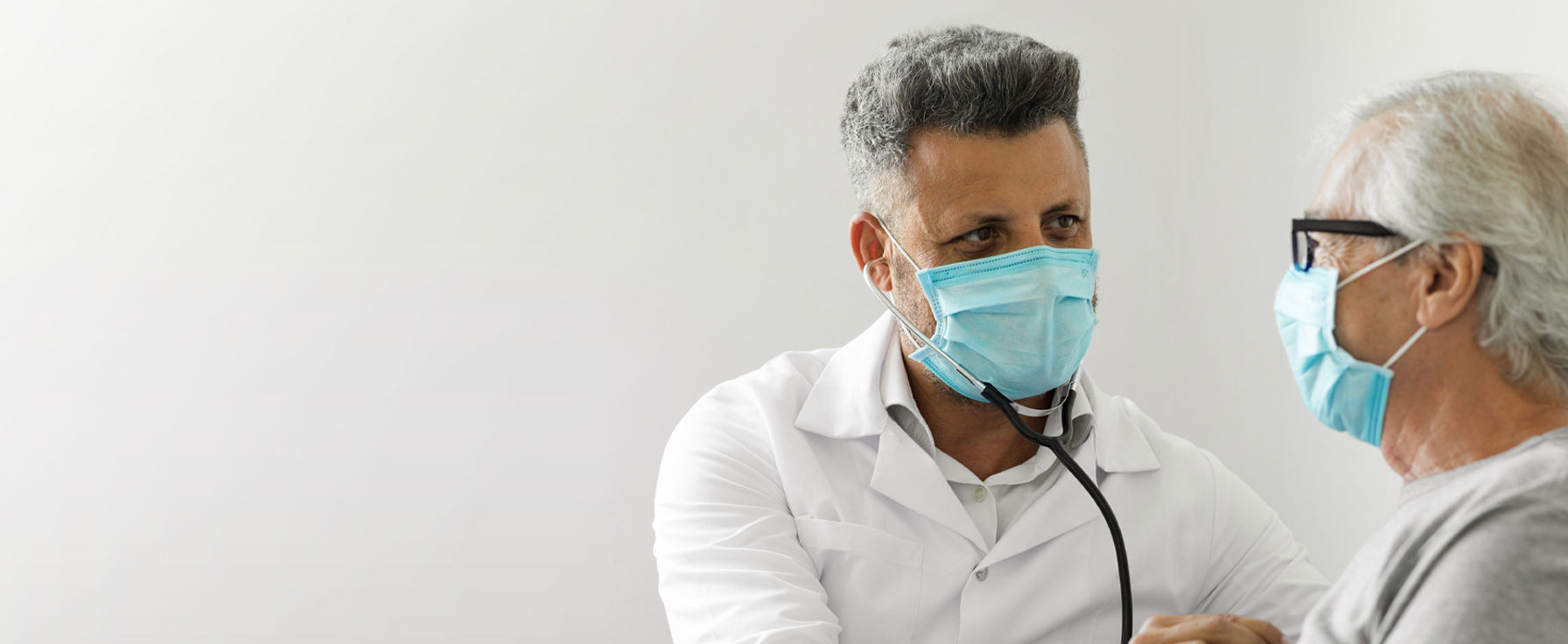COVID-19 is a viral infection caused by severe acute respiratory syndrome coronavirus 2 (SARS-CoV-2). SARS-CoV-2, a virus of the Coronaviridae family, is defined by its large single-stranded RNA genome and its very high level of transmission and disease-causing pathology. In contrast to SARS-CoV-2, several other human coronaviruses are among the frequent viral causes of the common cold.
The name coronavirus is derived from the Latin word corona, meaning “crown” or “wreath”, features of which characteristically appear upon observation of coronavirus virions utilizing electron microscopy. The spike proteins, which are readily present on the surfaces of coronaviruses, are largely responsible for defining this crown-like morphology.
SARS-CoV-2 was first identified in Wuhan, China in November 2019. Just prior to declaring the pandemic nature and worldwide public health emergency due to the spread of the virus, the World Health Organization (WHO) announced “COVID-19” as the new disease that is caused by SARS-CoV-2 infection. The term COVID-19 is derived from the abbreviation of coronavirus disease of 2019.
COVID-19 is primarily a disease of the respiratory tract and may present a wide range of disease severity, including:
- Little to no symptoms
- Mild symptoms
- Severe pneumonia
- Acute respiratory distress syndrome (ARDS)
Symptoms commonly occur within 2 to 14 days after exposure to the virus and include:
Fever
Shaking chills
Cough
Shortness of breath
Fatigue
Muscle aches
Loss of smell and taste
Children generally have milder illness compared to illness experienced by adults, but the symptoms are often similar between the two groups.
The elderly, individuals with hypertension and heart disease, and individuals with underlying immunocompromise are significantly more susceptible to severe disease, which may include:
Hypoxia
Pneumonia
ARDS
Multiorgan failure
Septic shock
Thrombotic events
Death
Since the initial outbreak in late 2019, the WHO has confirmed hundreds of millions of reported infections attributed to SARS-CoV-2, with millions of reported deaths attributed to COVID-19 worldwide.

